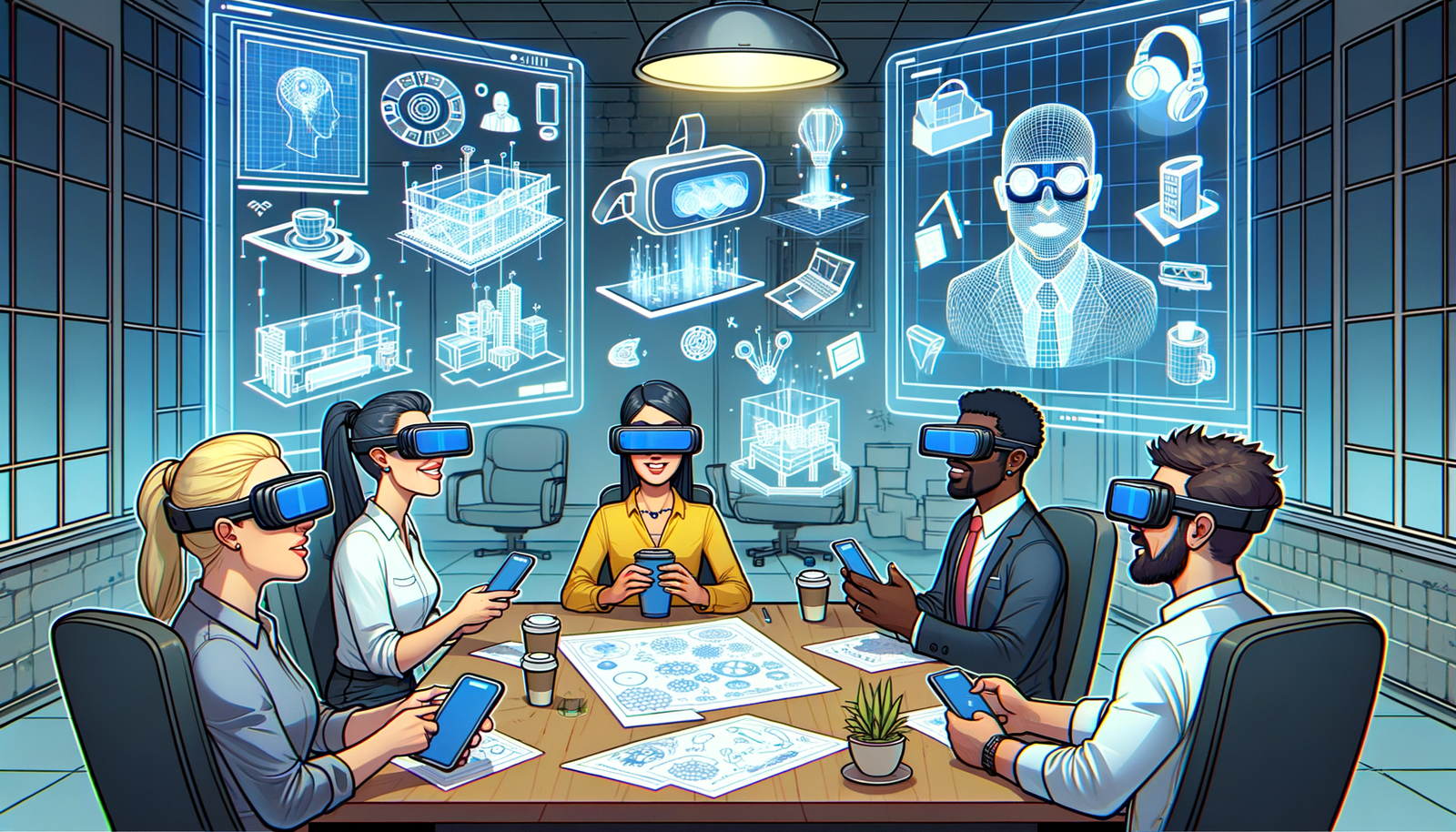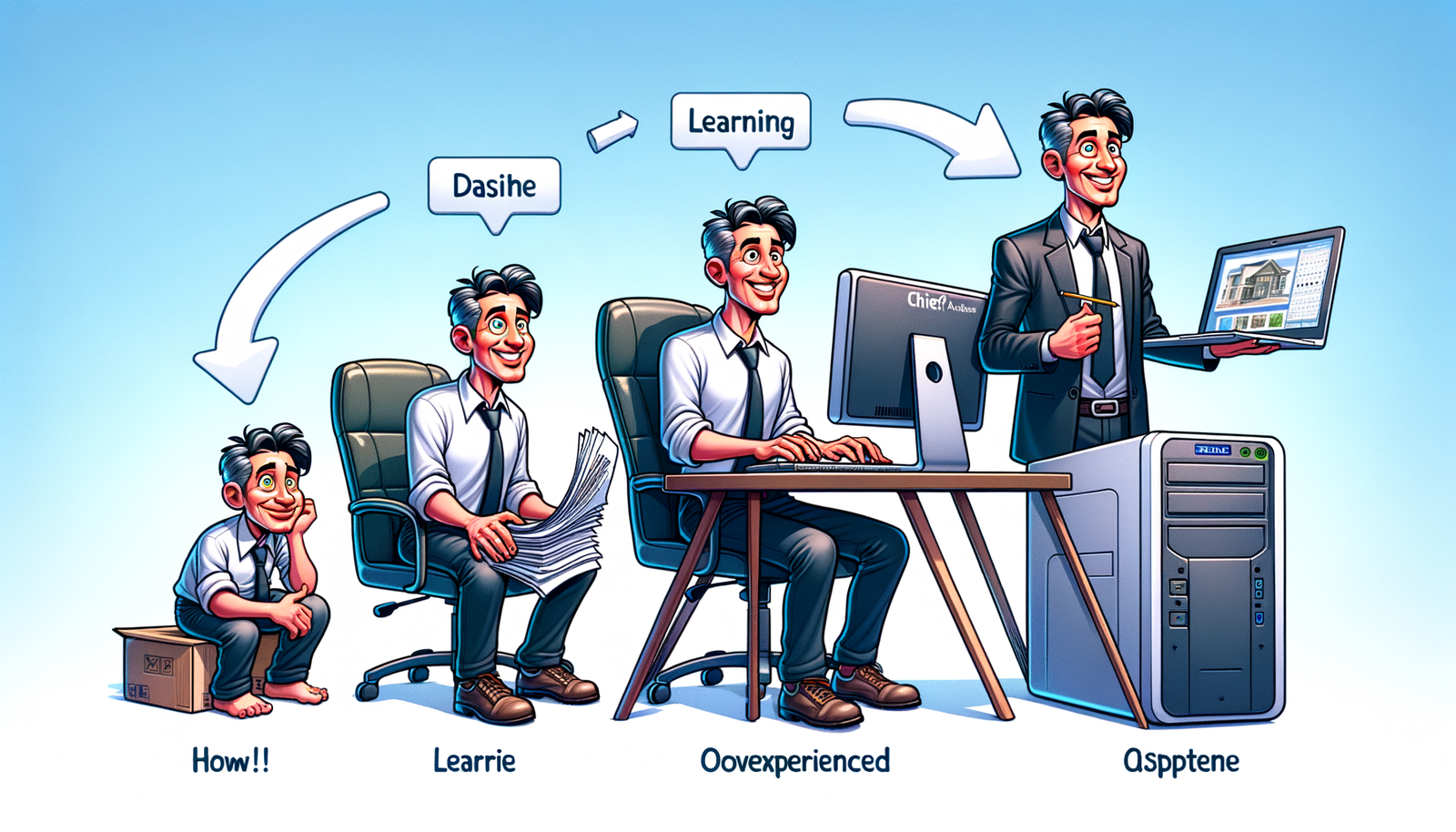Your Cart is Empty
Customer Testimonials
-
"Great customer service. The folks at Novedge were super helpful in navigating a somewhat complicated order including software upgrades and serial numbers in various stages of inactivity. They were friendly and helpful throughout the process.."
Ruben Ruckmark
"Quick & very helpful. We have been using Novedge for years and are very happy with their quick service when we need to make a purchase and excellent support resolving any issues."
Will Woodson
"Scott is the best. He reminds me about subscriptions dates, guides me in the correct direction for updates. He always responds promptly to me. He is literally the reason I continue to work with Novedge and will do so in the future."
Edward Mchugh
"Calvin Lok is “the man”. After my purchase of Sketchup 2021, he called me and provided step-by-step instructions to ease me through difficulties I was having with the setup of my new software."
Mike Borzage
Elevating Product Development: The Impact of Augmented Reality on Design Reviews and Workflow Integration
May 09, 2024 3 min read

Introduction to Augmented Reality (AR) in Design

Augmented Reality (AR) is a cutting-edge technology that overlays digital information onto the real world. It has come a long way since its inception, with advancements in computational power and graphics rendering making it more accessible and effective. In the realm of product development, design reviews play
a pivotal role, serving as a crucial checkpoint to align teams, assess progress, and
ensure the final product aligns with the intended vision. With the integration of AR, the landscape of interactive design reviews is evolving, offering a more dynamic and intuitive approach to evaluating and refining designs.
Benefits of Augmented Reality for Design Reviews
AR brings a host of advantages to the table, transforming how design reviews are conducted.
-
Enhancing visualization and understanding of complex designs:
- An immersive experience that provides participants with a comprehensive grasp of scale, dimensions, and spatial relationships, which can be challenging to convey through traditional 2D drawings or screen-based 3D models.
- Real-time interaction with 3D models in a physical environment, allowing for a hands-on understanding of the product and its features.
-
Streamlining communication and collaboration:
- Facilitating remote design reviews with multiple stakeholders, overcoming geographical barriers and bringing together diverse expertise seamlessly.
- Enabling instant feedback and annotations on virtual models, which can be viewed and understood by all participants simultaneously.
-
Accelerating decision-making and revisions:
- Reducing the reliance on costly and time-consuming physical prototypes by utilizing virtual prototypes that can be easily updated.
- Allowing quick iterations based on real-time insights and discussions, thus speeding up the refinement process and shortening the product development cycle.
Implementing AR in Your Design Workflow
To incorporate AR into design reviews, one must understand the necessary tools and steps to prepare the designs for an AR environment.
-
Necessary hardware and software tools for AR implementation:
- AR headsets and mobile devices that support AR capabilities are essential for an immersive experience. Examples include the Microsoft HoloLens and AR-enabled smartphones and tablets.
- Integration with existing CAD and visualization tools, ensuring a seamless transition of 3D models from the design phase to the AR review phase.
-
Steps for preparing your design for AR reviews:
- Converting and optimizing 3D models for AR environments to ensure they are lightweight for real-time rendering while maintaining necessary detail.
- Setting up virtual collaboration spaces and user interfaces that facilitate interactions and make the review process intuitive for participants.
-
Best practices for conducting effective AR design reviews:
- Planning the agenda and objectives for the review session to maintain focus and ensure that all critical aspects of the design are assessed.
- Tips for guiding participants through the AR experience, including how to interact with the virtual model and how to navigate the augmented space.
- Methods for recording feedback and action items during AR sessions to ensure they are well-documented and actionable.
Case Studies and Future Perspectives
Although specific case studies are not discussed, numerous companies across various industries are already reaping the benefits of AR in design reviews. They report reduced time-to-market and substantial cost savings, among other advantages.
Looking to the future, AR is poised to become even more influential in design processes. Its integration with other technologies like Artificial Intelligence (AI) and the Internet of Things (IoT) will lead to smarter, more context-aware systems. Moreover, ongoing advancements in AR hardware and software promise to continually enhance the user experience, making AR an indispensable tool in design.
In conclusion, the transformative potential of AR in design reviews cannot be overstated. Its ability to facilitate better communication, collaboration, and comprehension is making AR a growing necessity in competitive industries, pushing the boundaries of what is possible in product development.
Also in Design News
Subscribe
Sign up to get the latest on sales, new releases and more …





